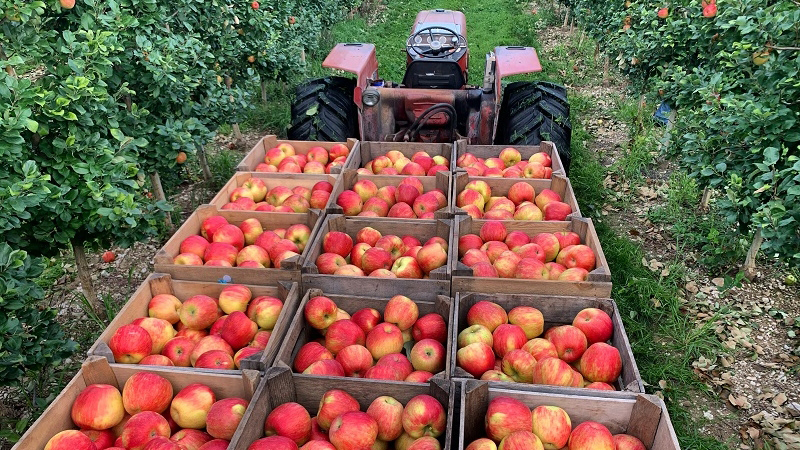Syngenta Secures CRISPR Cas-9 License

Illustration by Ernesto del Aguila III, NHGRI
After securing rights to the patent for the groundbreaking gene-editing technology, CRISPR, Harvard University and the Massachusetts Institute of Technology are granting non-exclusive licenses to several companies.
In the agriculture world, most companies plan to use the technology in row crop and grain research. Syngenta, however, has announced it plans to include specialty crops in its CRISPR program.

Michiel van Lookeren Campagne, Global Head of Seeds Research at Syngenta
“Syngenta is already invested in specialty crop research,” says Michiel van Lookeren Campagne, Global Head of Seeds Research at Syngenta.
Campagne says that although other companies have not announced their plans for gene editing research for specialty crops, that doesn’t mean they’re not going to do it.
“Other companies are likely also working on specialty crops, depending on their business models,” he says.
Tomatoes are the first specialty crop to be put into the CRISPR program, Campagne says.
“Work will follow with other specialty crops, depending on business suitability and the overall global regulatory landscape for genome edited crops,” he says.
Some crops lend themselves more to the new technology than others, Campagne says.
“One of the prime targets is likely to be vegetatively propagated crops that are difficult to breed. Think potato, trees, etc. Here genome editing can have a really big impact. It is likely that genome editing efforts for most specialty crops will be led mostly by academia and smaller companies due to their specialized focus,” he says.
The promise gene editing offers is enticing, especially when considering how quickly diseases are crossing the globe and building resistances.
“The impact that this breeding technology can have on production of specialty crops is significant, since traditional breeding methods have not been able to keep pace with specialty crop diseases and other environmental pressures,” Campagne says.
Like all companies investing in the new technology, Syngenta is keeping a wary eye on yet-to-be-revealed regulations.
“The main question for us as developers is how regulators will treat genome edited crops/products. If heavily regulated, the associated long product development timelines and high cost will restrict R&D investment to high value broad-acre crops such as corn and soybean. If this is seen more as a breeding technology where regulation of these crops is similar to others developed using modern breeding methods, this will allow for genome editing to be applied across many more crops, particularly niche specialty crops,” Campagne says.
For those who want a better understanding of the costs and time involved with biotechnology, Campagne recommends reading P. McDougall’s “The Cost and Time Involved in the Discovery, Development and Authorisation of a New Plant Biotechnology Derived Trait.”









